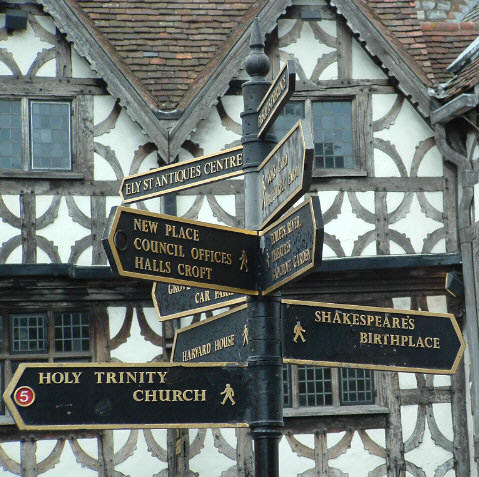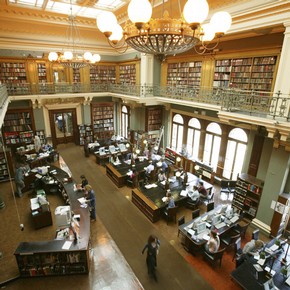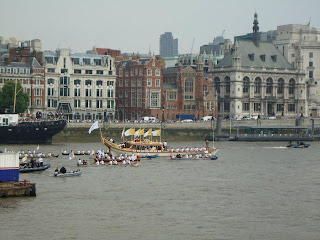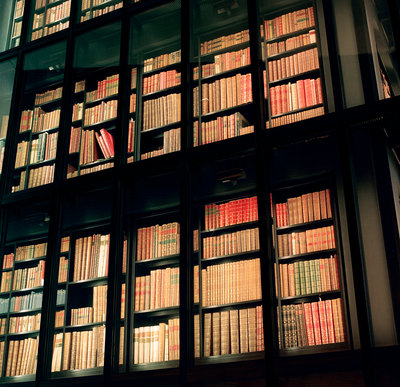It is often said of the
London Library that it is bigger on the inside. The St James Square entrance is hardly noticeable for the idle passersby, and only the small gold letters above the door indicate that it is anything other than a townhouse. Once inside, however, the library unfolds and expands, like a popup book into a labyrinth of stairs and corridors lined with books idiosyncratically shelved by subject and alphabetically by name.
Considered a lost art in most libraries, the knowledge of printed catalogs is not optional for the London Library, as only two thirds of the books are listed on the online catalog. The library's ethos is that books aren't just vessels of information which become redundant. Each edition is valuable in its own right. Therefore, there is a no-weed policy, which means that the collection is extremely deep and broad, but also that it grows by 8,000 books per year without concession. Almost all the books are kept on site. About 97% of the collection is available to members for browsing or issue.
 |
| Stacks at the London Library. |
Strongest in Art and Humanities, there is an impressive selection of religion, travel, historic science, and miscellaneous--a section that the library is very proud of, which encompasses everything that does not fit in the other categories.
The library keeps an excellent archive which documents the evolution of the library's facilities, as well as information about members. This includes membership applications, documenting many famous individual members from the areas of politics and literature, sometimes before they were famous. Because of the number of notable authors who studied here, many great works have been written in the library or from its collection.
Many of the library's books are rare and valuable, which means that book preservation is extremely important. Stella Worthington, Head of Stack Management, iterated the importance of a regular schedule for cleaning, controlling the different chemicals used within the library, and controlling the amount of organic matter which accumulates on the books. Additionally, the books are often shifted to accommodate building works and new books, which is a huge undertaking, considering the size of the collection.
 |
| Shelving arrangement at the London Library. |
The library was founded before the public library act, in response to the prevailing non-lending nature of libraries of the day. A subscription library, it was the first lending library, and is now the largest lending library in the nation.
When it was founded in 1841, Thomas Carlyle had envisioned a way for people to study books in the comfort of their own homes. Now with the five reading rooms and counting, it would seem readers often prefer to study in the comfort of the London Library. This is not surprising, as for many people, home has become an increasing chaotic environment, and the library's endless shelves and quiet are both calm and exciting--soothing and inspiring.









































